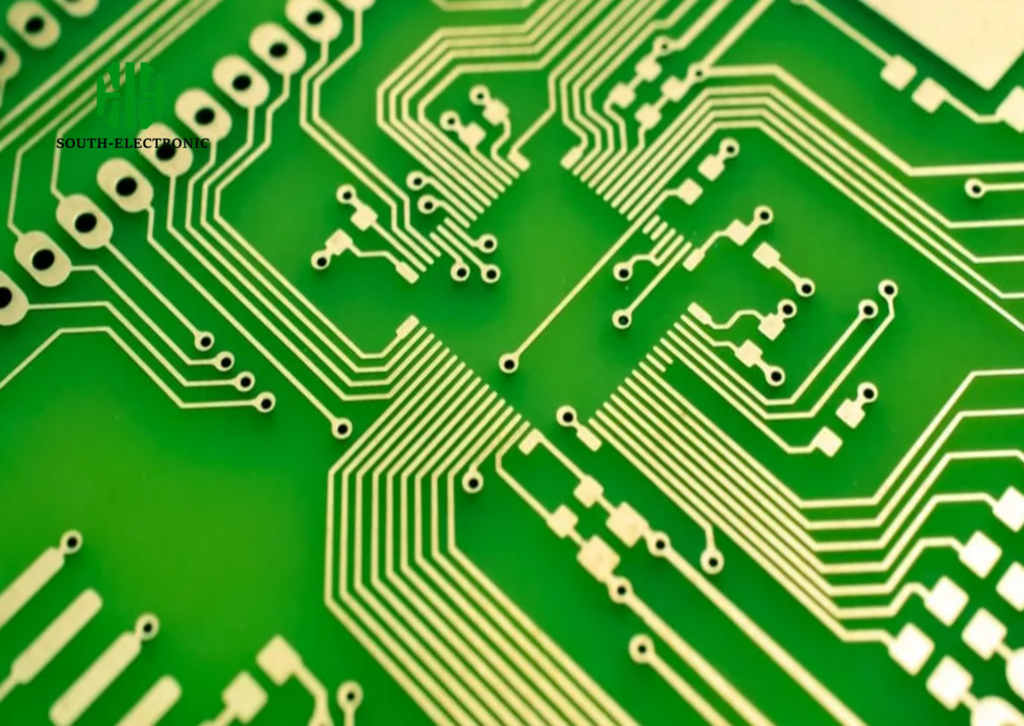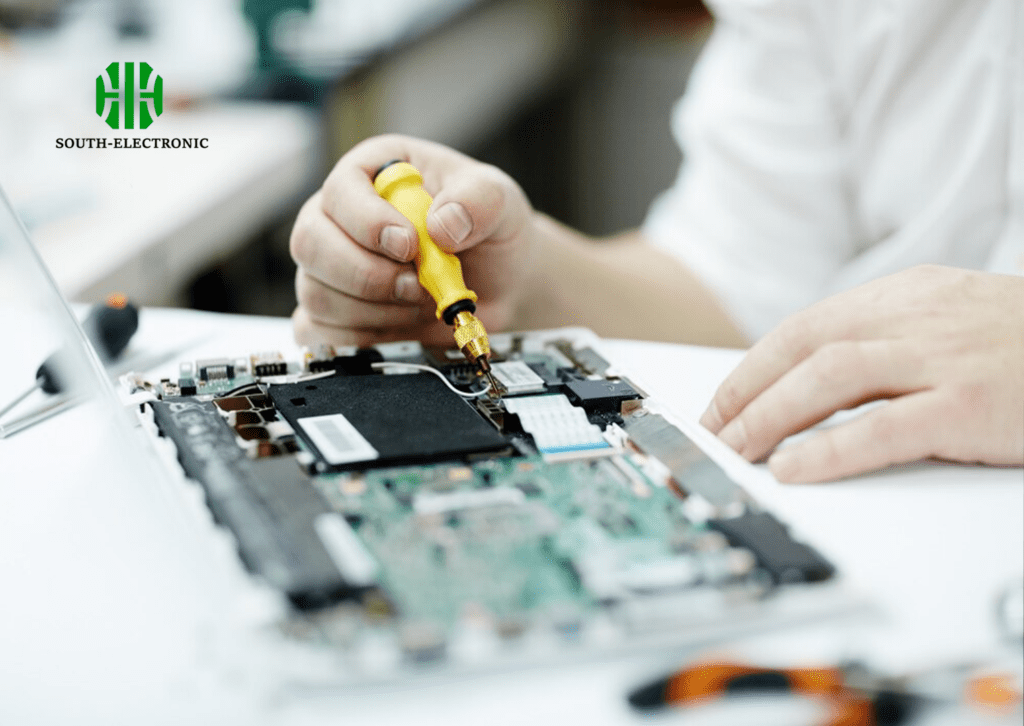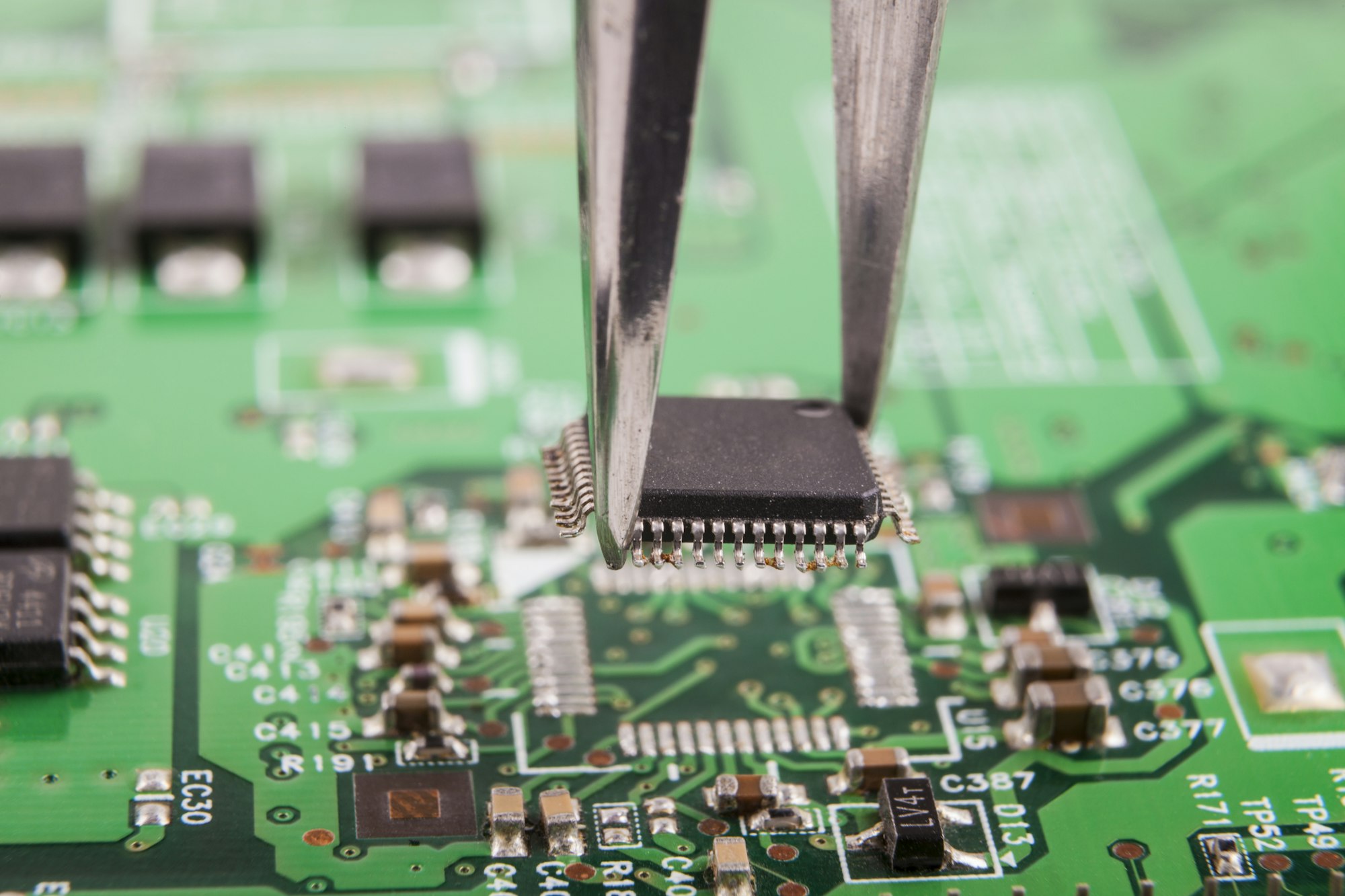Which Layout Has More Scope: PCB or Custom IC Layout?
When comparing the scope of PCB layout and custom IC layout, it’s crucial to understand their distinct roles and applications. PCB layout focuses on the physical arrangement of components and interconnections on a circuit board, ensuring signal integrity and manufacturability. In contrast, custom IC layout involves designing at the transistor level, optimizing logic circuits, and is crucial for creating compact, high-performance chips.
What is the Difference Between IC Layout and PCB Layout?
IC Layout
IC design focuses on the transistor-level optimization and circuit logic. It involves:
- Transistor-Level Design: Detailed design at the transistor level, ensuring optimal logic circuits.
- Circuit Optimization: Focus on minimizing power consumption and maximizing performance.
- Compact Design: Creating highly compact designs for high-performance applications.

PCB Layout
PCB design involves component placement and routing for signal integrity. It includes:
- Component Placement: Strategically placing components on a circuit board.
- Routing Traces: Ensuring proper electrical connectivity and signal integrity.
- Manufacturability: Designing for ease of manufacturing and assembly.

Comparison of PCB Layout and Custom IC Layout Applications
| Application | PCB Layout | Custom IC Layout |
|---|---|---|
| Consumer Electronics | High | Low |
| Industrial Applications | High | Low |
| High-Performance Computing | Low | High |
| Mobile Devices | Moderate | High |
Career Prospects: PCB Layout vs. Custom IC Layout
Industry Demand:
- PCB Layout Engineers: High demand in consumer electronics and industrial sectors.
- Custom IC Layout Engineers: High demand in semiconductor and high-performance computing industries.
Salary Expectations:
- PCB Layout Engineers: Average salaries range from $70,000 to $100,000 per year.
- Custom IC Layout Engineers: Average salaries range from $80,000 to $120,000 per year.
Growth Opportunities:
- PCB Layout Engineers: Opportunities for specialization in advanced PCB technologies.
- Custom IC Layout Engineers: Potential for roles in chip design, verification, and system integration.

Recommended PCB Layout Practices
Best Practices for Efficient Design:
- Direct Traces: Short, direct traces between components.
- Grounding: Proper use of ground planes.
- Thermal Management: Effective heat dissipation strategies.
Common Challenges and Solutions:
- Signal Integrity Issues: Use of differential pairs and controlled impedance traces.
- Thermal Management: Incorporating heat sinks and thermal vias.

Advantages of Custom IC Design
Performance and Size:
Custom ICs offer significant advantages in terms of performance and size, allowing for highly optimized designs.
Industry Examples:
- High-Performance Computing: Advanced processors in data centers.
- Mobile Devices: Custom SoCs in smartphones and tablets.
Summary
In conclusion, both PCB and custom IC layouts offer unique opportunities and challenges. Your choice should be guided by your interests, career goals, and the specific needs of your projects. Whether you prefer the broad applications of PCB design or the precision of custom IC layout, mastering these skills will keep you at the forefront of electronics innovation.



